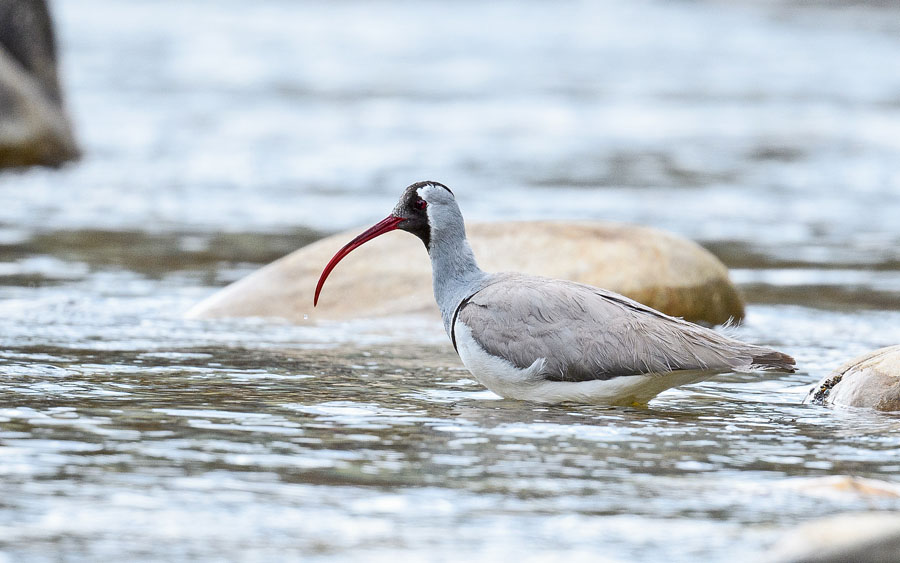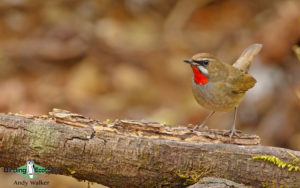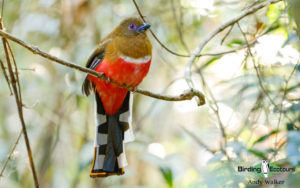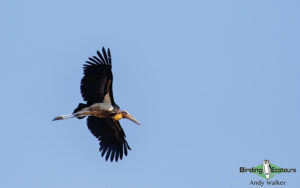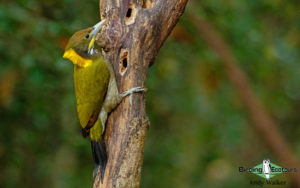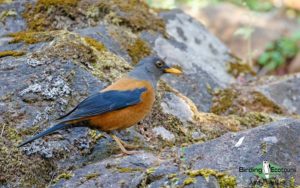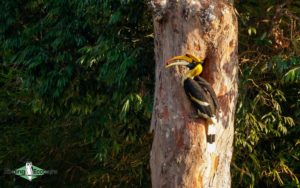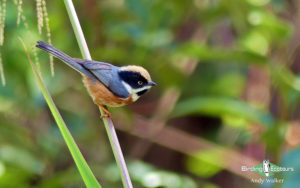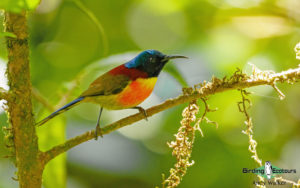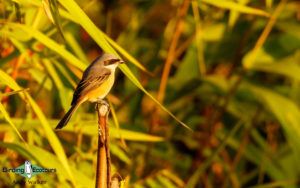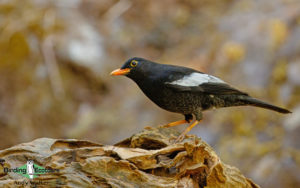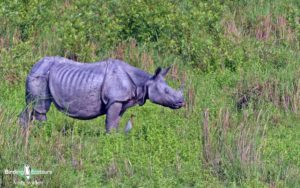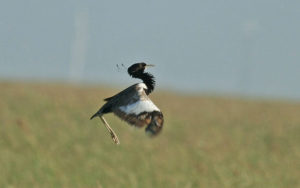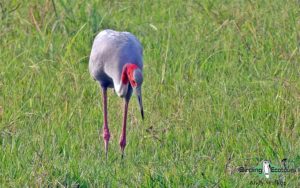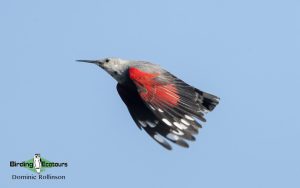Nepal Birding Tours
Our Nepal birding tours are designed to boost your exposure to the many different habitats and amazing birds Nepal has to offer without trekking for days into the higher Himalayas. On our Nepal birding tours we further ensure that we visit all of Nepal’s famous birdwatching sites which includes the famous Chitwan National Park and many others. The Federal Democratic Republic of Nepal (simply “Nepal” hereafter) is a landlocked country in the Central Himalayas of the Indian Subcontinent and is one of the most mountainous countries on the planet. Of the ten highest mountains in the world eight occur in Nepal, including the highest mountain in the world, Mount Everest at 29,029 feet / 8,848 meters. Its capital and largest city Kathmandu, known as the “City of Temples” which stands at an elevation of 4,600 feet / 1,400 meters, is situated in the fabled Kathmandu Valley (in central Nepal), and is the starting point of our birding trips.
Nepal is bordered by Tibet/China to the north and by India to the west, south, and east (though it isn’t far to Bhutan, with just the narrow strip of the Indian state of Sikkim separating them). Interestingly, Nepal is the only country in the world whose flag is non-quadrilateral, instead it is made up of two single pennons (one for each of the once-rival ruling dynasties) and is known as a double-pennon, previously it was two distinct triangles. It is crimson red which signifies the bravery of the Nepalese and also the color of the country’s national flower, the rhododendron! Nepal’s cultural heritage is ancient, rich and well-studied and it still maintains a high level of diversity in terms of ethnicity and religion; Buddha himself was actually born in Nepal and the country was a Hindu Kingdom until recently. Why not arrive before your Nepal birdwatching tour and explore one of the fascinating three Durbar Squares in the Kathmandu Valley such as Patan Durbar Square in Lalitpur, these Durbar Squares are a culmination of over a millennium of development in Nepali art and architecture and well worth a visit.
Read More About Nepal
Over the past 75 million years Nepal has been formed (and continues to do so) by the tectonic plate movement of the Indian plate under the Eurasian plate, this uplift causing the Himalayas. These processes are also responsible for the creation of the fertile valleys between the hills, such as Kathmandu Valley, which has been of considerable importance to the human population of Nepal for centuries. There are three physiographical belts in Nepal, these are in three more-or-less east-to-west bands from north to south. Firstly, Himal in the north (the high mountain region, containing snow, bordering Tibet/China), secondly, Pahad in the middle (the mid-low elevation mountain region, without snow – generally), and thirdly, Terai in the south (the lowland plains bordering India). The huge altitudinal range in Nepal 196 feet (60 meters) to 29,029 feet (8,848 meters) has resulted in five climatic zones (tropical, sub-tropical, temperate, cold zone, and Arctic zone) and interestingly the region has five seasons, summer, monsoon, fall (autumn), winter, and spring. The above results in a variety of biomes and results in a spectacular biodiversity which seems remarkable for a relatively small country (approximately 500 miles / 800 kilometers long and 120 miles / 200 kilometers wide) – that is less than half the size of Germany or a similar size to the US state of Arkansas.
In terms of birds, Nepal has a huge bird list and according to the International Ornithological Congress (IOC) the national list is just over 900 bird species. Unsurprisingly, given its size and location Nepal only has one endemic bird, Spiny Babbler (which we do target on our Nepal birding tours), but it does have numerous important resident and migratory birds for world bird watchers, such as Ibisbill and Wallcreeper (two monotypic families), plus Himalayan Monal (the spectacular national bird of Nepal), Bengal Florican, Lesser Florican, Indian Courser, Swamp Francolin, Sarus Crane, White-throated Bush Chat, Himalayan Rubythroat, Himalayan Cutia, and Tibetan Serin. It is also interesting to note that a country this small contains four Endemic Bird Areas (EBAs) (BirdLife International), so yet another reason to visit. Some truly exciting megafauna is also possible in the country like Greater One-horned (Indian) Rhinoceros, Bengal Tiger, Red Panda, Ganges River Dolphin, Asian Elephant, and Indian Leopard to name a few.
Despite the incredible biodiversity in Nepal, for many years the country had suffered devastating human encroachment into some of the varied habitats, resulting in many species being endangered. In response a system of protected reserves has been put in place since about the 1970s. Nepal now has ten national parks, three wildlife reserves, three conservation areas, ten Ramsar sites (wetlands of international importance), and 27 Important Bird Areas (IBAs) recognized by BirdLife International. During our Nepal birding tours we visit multiple examples of the above protected areas such as Chitwan National Park, Koshi Tappu Wildlife Reserve, Shivapuri Nagarjun National Park, and Bardia National Park as well as other important birding sites like Godavari Botanical Garden.
Do not be put off by the mountains, as our Nepal birding tours have been designed to be on the easy side of things, without trekking for days on end and camping in remote locations. However, if that is your cup-of-tea, we can organize trekking in the Annapurna region or anywhere else in the country for that matter, should you wish to delve further into this incredible country.
Download Nepal Itineraries
Nepal: Easy Himalayan Birding March 2026/2027
